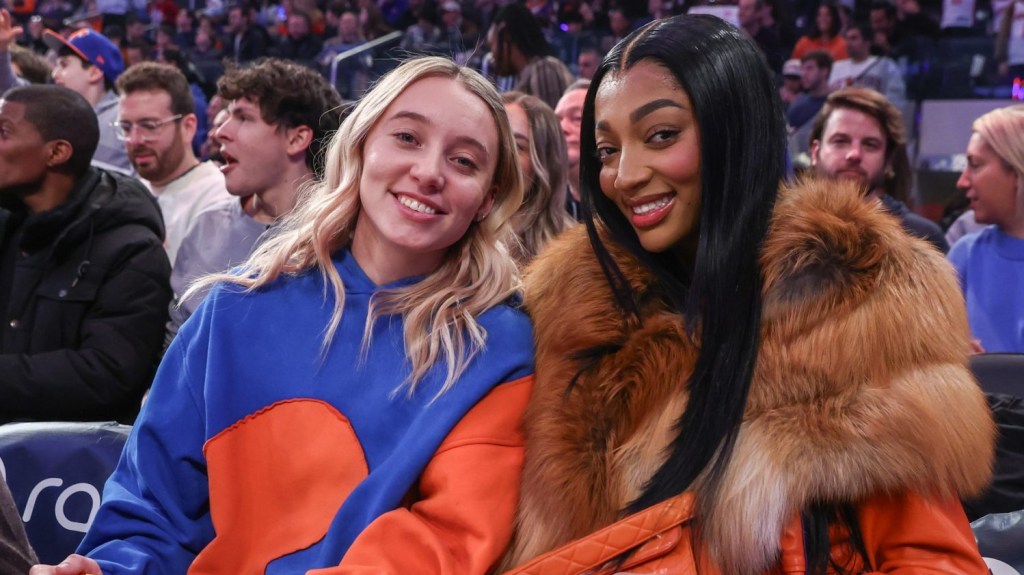Of the high school athletes who can sign NIL deals, there appears to be a potentially lucrative market for basketball players, as well as those in other sports.
“Let’s stop pretending as if these athletes aren’t valuable,” Hingorani said.
Engaged Audience
If you’re wondering whether there’s an audience for high school sports, just ask all the companies that cover them, from Overtime and SLAM to Ballislife and BallerTV.
Overtime, which will launch a professional high school basketball league this year, secured $80 million in its most recent funding round. BallerTV has raised almost $20 million in funding, Hingorani said.
Since investors have flocked to these companies, it makes sense that brands would partner with the athletes they cover. A select number of players like Williams could rack up deals, Eways said, and many brands have already reached out to partner with him.
Women’s sports athletes with major followings could capitalize too, Eways said. Hingorani pointed out that of the 300,000-400,000 games streamed this year on BallerTV, half are women’s sports. So there’s definitely interest.
Even if it’s just a star athlete “in a small town” getting a deal with a local business, “there’s going to be opportunities for everyone,” Eways said.
But he cautioned: “It’s not a free-for-all. There’s not going to be brands just paying thousands and thousands of dollars to everybody. It has to make business sense and move products for them.”
If Excel signs other athletes, they’re going to be very selective about who they choose.
Chasing Profits
The NIL landscape — especially as uneven as it is now — could also influence where athletes choose to go to high school.
Those who think they might have a chance of cashing in could move to states with more relaxed NIL laws, like California, NFHS executive director Karissa Niehoff told FOS. Especially in basketball, some athletes could also be interested in switching from their high school’s team to a club team or academy.

















